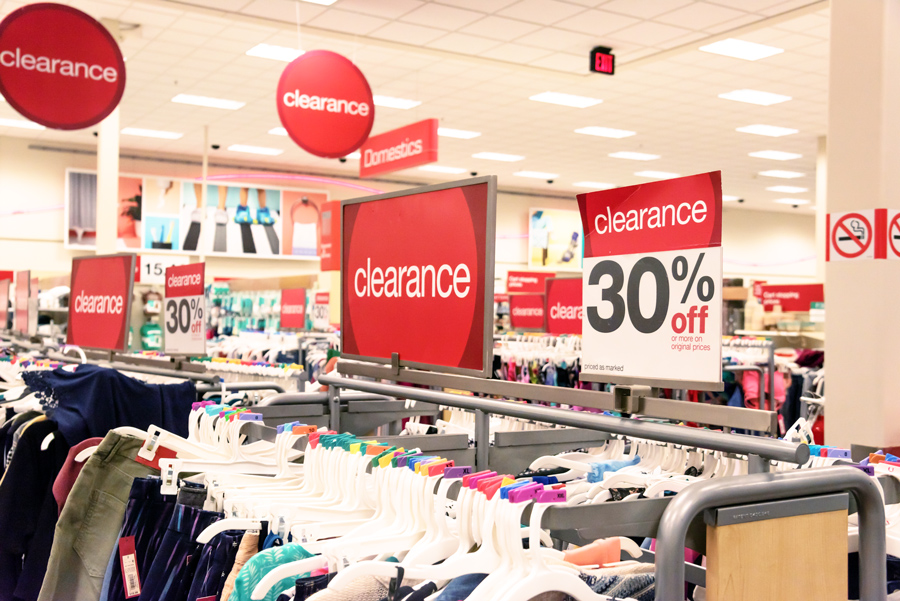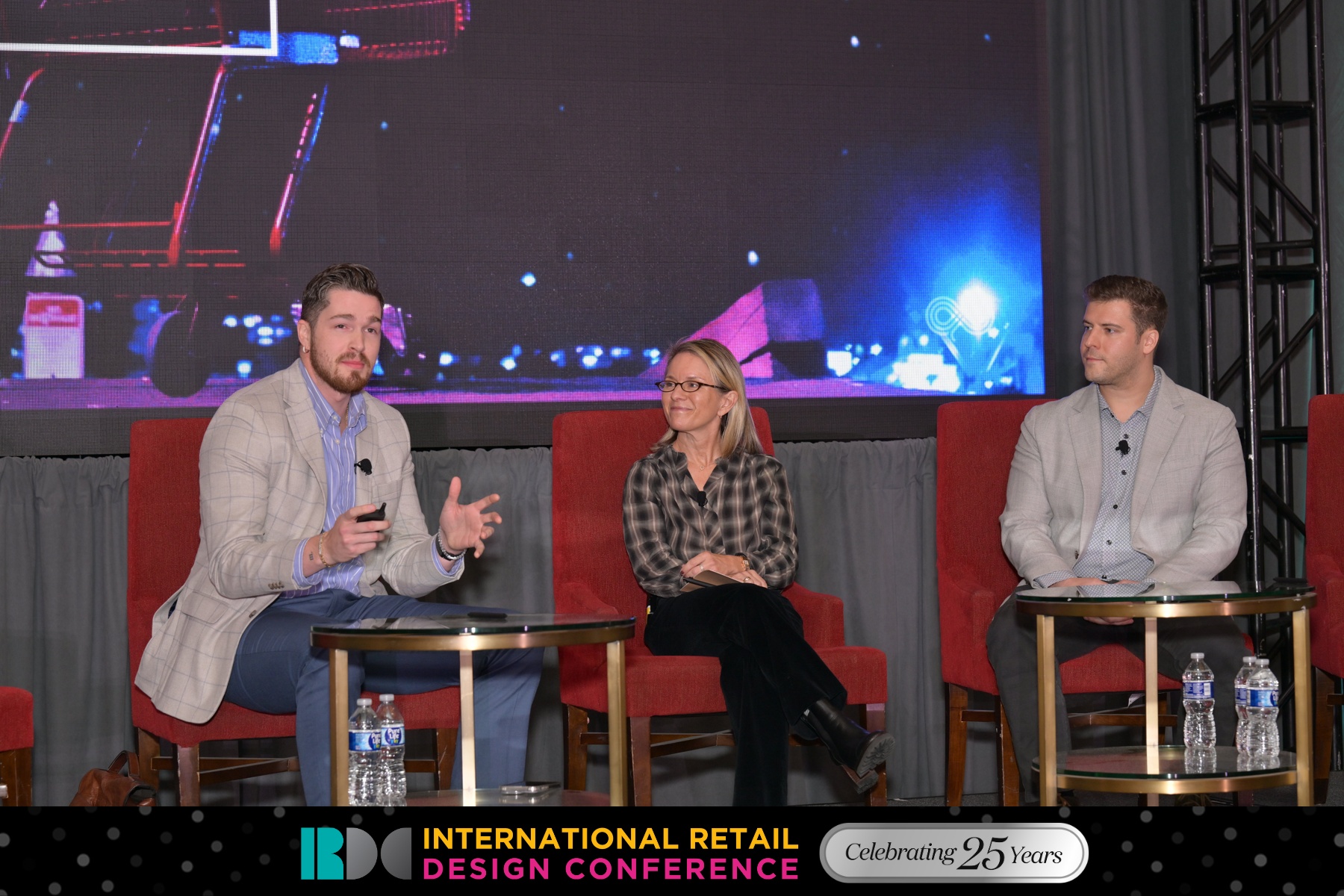The thrill of the hunt: You wake up early, arm yourself with your weapon, and set out to find your prey. In this case, your weapon is a credit card, and your prey is a great deal on clothing or maybe something for your home, but the thrill is there.
It’s that thrill-of-the-hunt shopping experience that keeps TJX at the forefront of off-price retail – and other retailers should take note.
With $54.2 billion in total revenue for 2023, as retail thought leader Robin Lewis from The Robin Report explains, TJX Companies continues to add to its current 21,000 vendor list and 4,972 stores across nine countries. As other retailers like Macy’s, Family Dollar, and Foot Locker close locations, TJX is adding 1,300 new stores that include TJ Maxx, Marshalls, HomeGoods, HomeSense and Sierra.
Off-price retailers like TJX specialize in selling quality merchandise at lower prices than traditional retail stores. They purchase excess inventory, closeouts and overruns from other retailers at a discount. These savings are then passed on to customers.
Yet as successful as these off-price retailers are, they aren’t easily replicated. The exceptions are smaller competitors like Ross Stores and Burlington, which scored revenues of $20.4 billion and $9.7 billion in 2023, respectively.
Retailers can learn a lot from how off-price companies like TJX attract consumers looking for the perfect score.

What’s the Secret Sauce?
What is it that makes TJX and other off-price retailers so attractive to consumers?
Consumers are more value-conscious than ever, and the thrill of finding a great quality item at a great price has shoppers coming back to places like TJX and Ross.
Chute Gerdeman CEO Carrie Barclay identified this phenomenon of the thrill of the hunt at TJX more than six years ago, writing:
“This combination of steep discounts and quick inventory turnover creates an environment in which consumers feel compelled to check the stores for name-brand bargains more often. TJX customers don’t enter the store with a particular purchase in mind; instead, they search the entire store looking for unique, inexpensive items that catch their eye. There is an inherent sense of competition, whether it is against name-brand retailers or co-workers paying full-price, that consumers feel at TJX stores. Finding a deal is an accomplishment, and it is one that shoppers can’t resist.”
No need for their own labels. Because they don’t have to develop their own labels, stores like TJ Maxx and Marshalls can save substantially. Instead, off-price retailers absorb spillover from recognizable brands. It’s common to walk into any off-price retail store and find trustworthy labels like Michael Kors, Ralph Lauren, and Calvin Klein. Consumer confidence in these brands is already built-in – an important edge off-price retailers have considering 75% of consumers say a trusted brand is an important purchasing factor, according to a McKinsey & Company industry report.
Other store closures provide a boost. It doesn’t hurt that off-price retailers have benefited from other store closures as well. Burlington boosted its offerings when it took advantage of several product liquidations in 2023. That year, the off-price department store known for its wide variety of products announced it was planning to take over 50 former Bed Bath & Beyond locations.
The demand for sustainable purchases. A greater drive toward sustainability also likely plays a role in why off-price retail is successful. The Capgemini Research Institute found that nearly 80% of consumers are changing their shopping habits based on social responsibility, inclusivity, or environmental impact. Nearly 65% are more mindful post-pandemic of how their consumption habits impact the environment. Shopping at off-price retailers, where clothing and accessories have a second chance at finding a home, aligns well with these values.
A fluid inventory structure. Off-price retailers rely on real-time inventory management systems to handle the constant influx of new products and help forecast demand. Real-time inventory tracking helps individual stores prevent overstocking or understocking. TJ Maxx, Marshalls and other off-price retailers that fall under the parent company TJX have mastered a fluid inventory structure by avoiding holding stock for long periods of time.
Robust loyalty programs. Even as consumers flock to off-price retailers for a good deal, robust loyalty programs are adding another layer of success. Ollie’s Army loyalty program accounted for almost 80% of the bargain outlet’s Q4 sales in 2023. The loyalty program also grew nearly 5% over the previous year to more than 13 million active members.
Enhanced mobile apps. Nearly 50% of shoppers in the United States use retail apps to find the best prices. While off-price retailers typically focus on in-store shopping experiences with inventory that can change nearly every day, mobile apps offer a way for businesses to alert customers to new arrivals and special deals. Apps also provide the vehicle for robust loyalty programs.

Who’s Shopping Off-Price?
It’s no secret that younger shoppers often have less wealth than older shoppers, but nonetheless, Gen Z shoppers have considerable buying power.
An industry survey found that 48% of U.S. Gen Z consumers say they most frequently shop at off-price and discount retailers. Only 24% say they shop at specialty retailers like Abercrombie.
These figures are concerning for traditional retailers whose core customers’ ages are increasing. Customer data shows that at Kohl’s and Macy’s, 40% and 36% of customers, respectively, are Baby Boomers. Many of these department stores are working to attract more of the younger consumers that have turned to off-price retailers for their clothing purchases.
Research also shows households with children attracted more than 29% of the off-price apparel market, while one-person households captured nearly 26% of the same market.
Key Takeaways for the Retail Industry
The success of off-price retailers is not solely about lower prices. Here are some key takeaways that show how retailers of any kind can benefit from the strategies many successful off-price retailers use today.
Flexibility is opportunity. At stores like TJ Maxx, Marshalls, Ross and Burlington, their store designs are flexible. There are no walls between departments, so each store can expand or contract merchandise categories based on demand, retail trends, seasonal merchandise and opportunistic buys.
Treasure hunts create a fun, memorable experience. Off-price retailers offer a treasure hunt-like experience that also creates a sense of urgency. Not only is a shopping experience fun and interactive, but it also encourages shoppers to buy before a product sells out … and come back for new finds.
Maintain an omnichannel presence. Maintaining a strong online and offline presence ensures that customers can shop whenever and wherever they prefer. Seamless integration between physical stores and e-commerce platforms provides convenience and flexibility for shoppers.
Don’t forget the basics. Dynamic product displays, interactive shopping experiences, clear value messaging, flexible layouts, and robust customer engagement strategies are still critical in any retail space. Messaging communicates value – not just low prices but great products at a lower price.
Stick with an individual strategy. Not all off-price retailers are the same, and each has its own strategies that have helped make it successful. For example, TJX is aggressively expanding, adding 1,300 new stores to capitalize on other retailers’ closures. Ross focuses on vendor relationships and underserved communities, Burlington emphasizes e-commerce, Nordstrom Rack leverages its parent company’s reputation and tech infrastructure, and Ollie’s Bargain Outlet uses its unique marketing strategy, “Good Stuff Cheap,” to attract bargain hunters.
In an era where consumers are more discerning and value-conscious, the off-price retail model offers a compelling proposition. The thrill of the hunt is not just a passing trend; it’s a powerful force that, when harnessed effectively with a strategy to back it up, can redefine the future of retail.
Collectible exchange culture is about shared experiences and connections. Read more about how some consumers are finding deeper meaning in their shopping experience.





